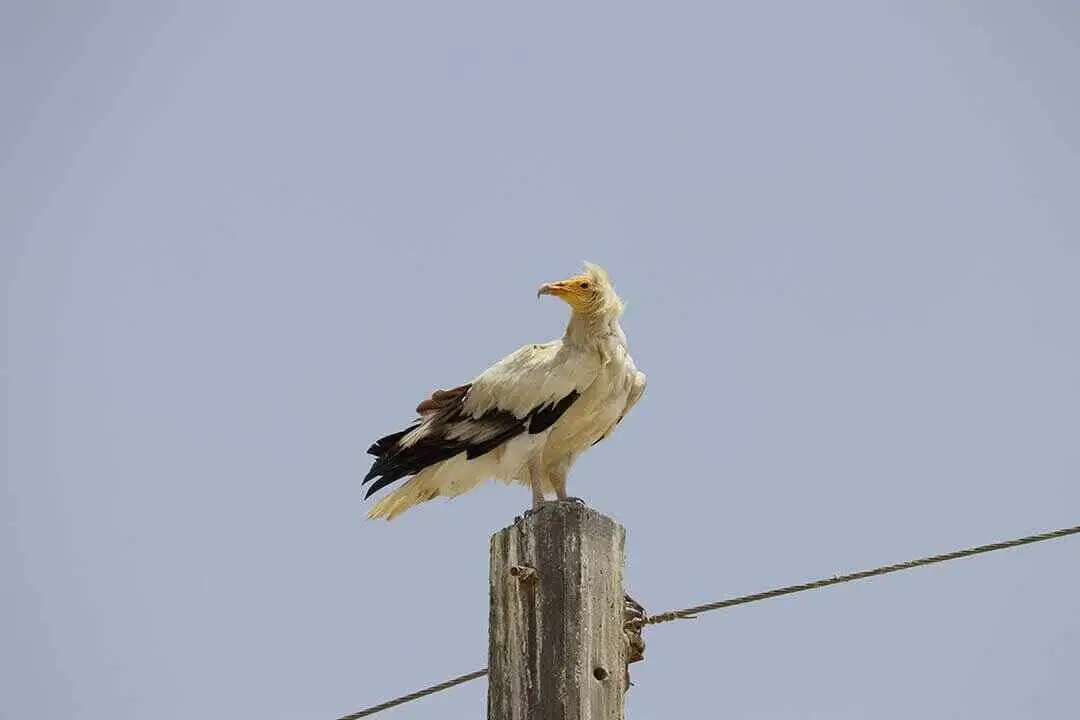
BIRDING IN
Tarangire National Park
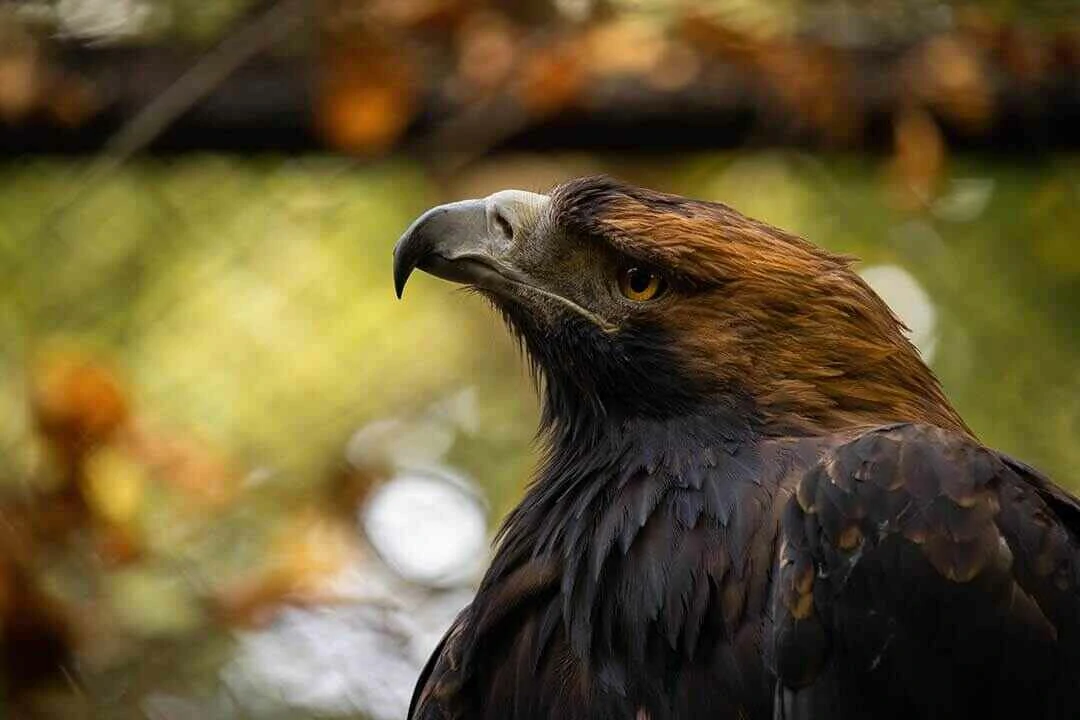
BIRDING IN
Tarangire National Park

BIRDING IN
Tarangire National Park
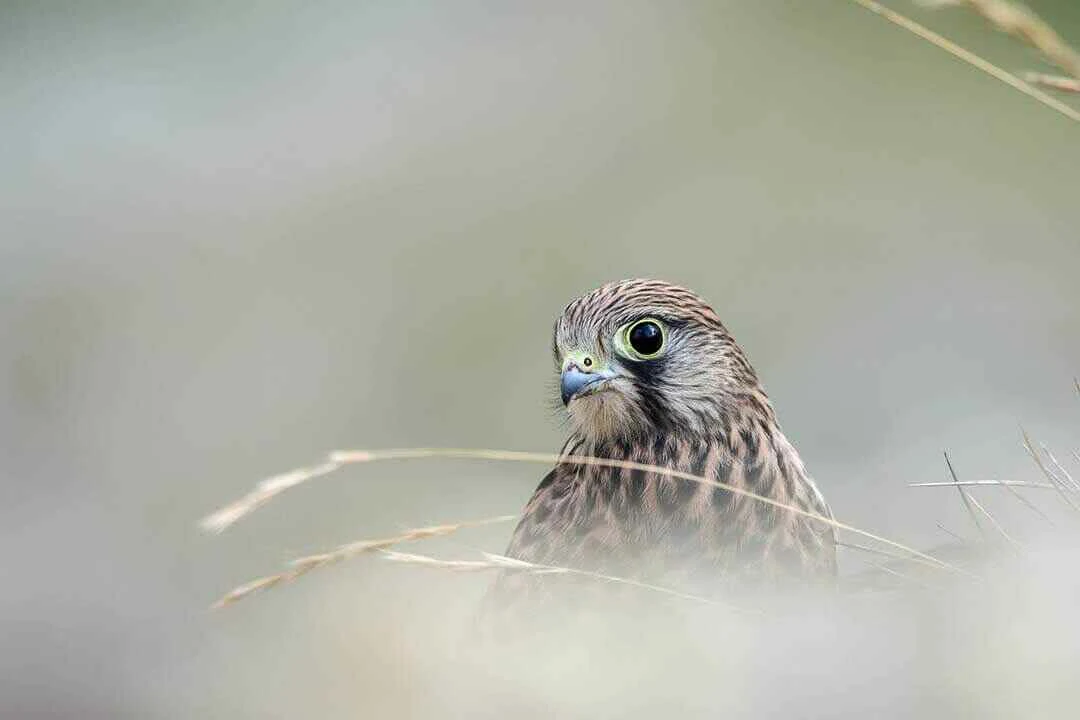
BIRDING IN
Tarangire National Park
This park was gazetted in June 1970, having been a Game Reserve since 1957. Located in Arusha, Dodoma covering an Area 260,000 ha with an Altitude 1,100 meters. Tarangire National Park is named after the Tarangire river which flows northwards through the park before discharging into Lake Burungi, which lies just outside the park boundary to the north-west. The rolling hills and swamps are typical of the Masai steppe country to the east and south. The northern sector of the park is dominated by Acacia tortilis woodland and scattered baobab Adansonia trees.
Other habitat zones include Acacia - Commiphora and Combretum - Dalbergia woodland. The extensive swamps are seasonal and wellvegetated with little open water. Mature stands of Balanitesaegyptiaca often dominate swamp edge and riverine vegetation. There are few large hills within the park; Lolkisale (2,132 meters) lies just to the east with the Sangaiwe Hills and Mount Kwaraha (2,415 meters) beyond the western border. Average rainfall is only 600 mm/year.
There is no species list for the park; the total is likely to exceed 450 species. Globally threatened species include Falco naumanni, which occurs in flocks of hundreds in April, following the start of the rains when invertebrate food-supplies are abundant and the park provides secure roost-sites. Parusfringillinus breeds at low densities in the south-east of the park, the western edge of the range of its central plateau population.
Three Tanzanian endemics, Agapornispersonatus, Cosmopsarus unicolor and Histurgopsruficauda, have substantial populations within the park and a fourth, Agapornisfischeri, is a regular visitor. Of special interest are the relatively high numbers of Anthuscaffer, a local and rare species in East Africa. Ephippiorhynchussenegalensis is reasonably common, with up to 16 adult birds having been seen on the edge of Silale swamp. Although the park is only 30 km from the wall of the Eastern Rift, it is nevertheless outside the volcanic belt and forms the western limit for many birds typical of the Somali - Masai biome.
Our Experts are ready to provide answers

Arusha is known to support at least 411 species, including Ardeolaidae, as a non-breeding visitor in small numbers, and one species of the Serengeti plains Endemic Bird Area, as well as 11 species of the Somali - Masaibiome.
Read More
A total of 457 bird species have been recorded from the site. The area is of major importance to migratory waders from northern Eurasia, supporting about 30,000 birds.
Read More
The birdlife in Katavi is good year-round, but at its best from November to April when the migratory birds from Europe and northern Africa are present. At this time, many resident bird species are nesting and are in breeding plumage.
Read More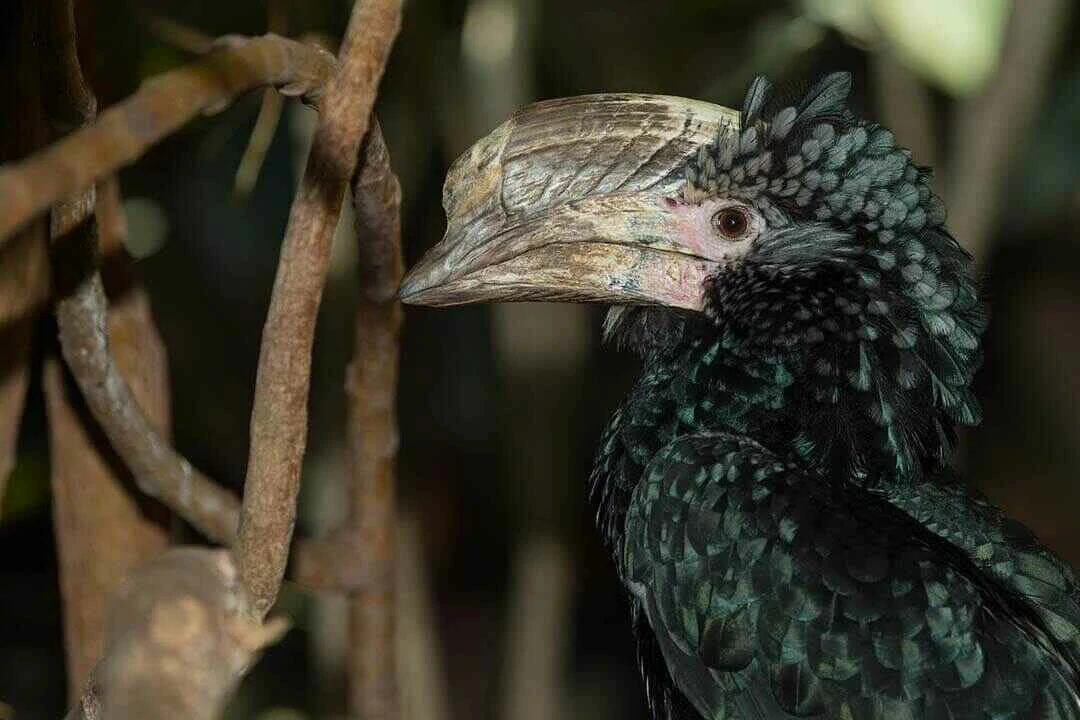
More than 400 species have been recorded here and you can reasonably expect to observe 100 of these in one day.
Read More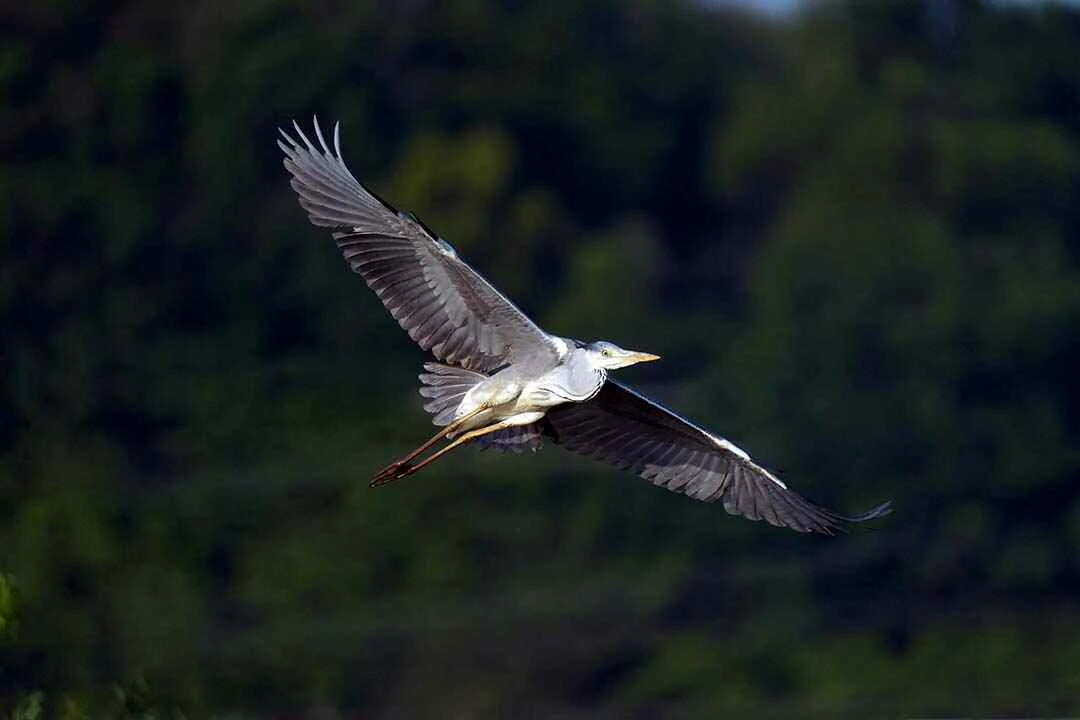
Bird species list includes only 214 species and these include three Guinea - Congo Forests biome species. An endemic subspecies of the globally threatened Apalisargentea is present here.
Read More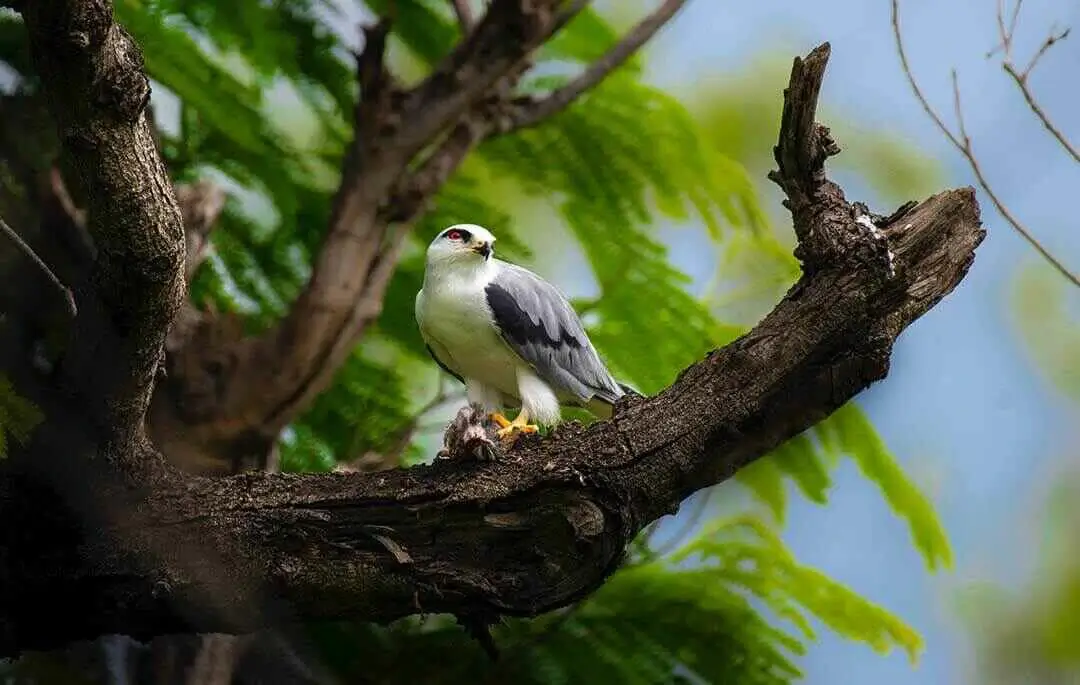
Some 393 bird species are known to occur in the area. Falco naumanni is a regular passage migrant in March and April, but there have been no records of large flocks or wintering birds.
Read More
Some 393 bird species are known to occur in the area. Falco naumanni is a regular passage migrant in March and April, but there have been no records of large flocks or wintering birds.
Read More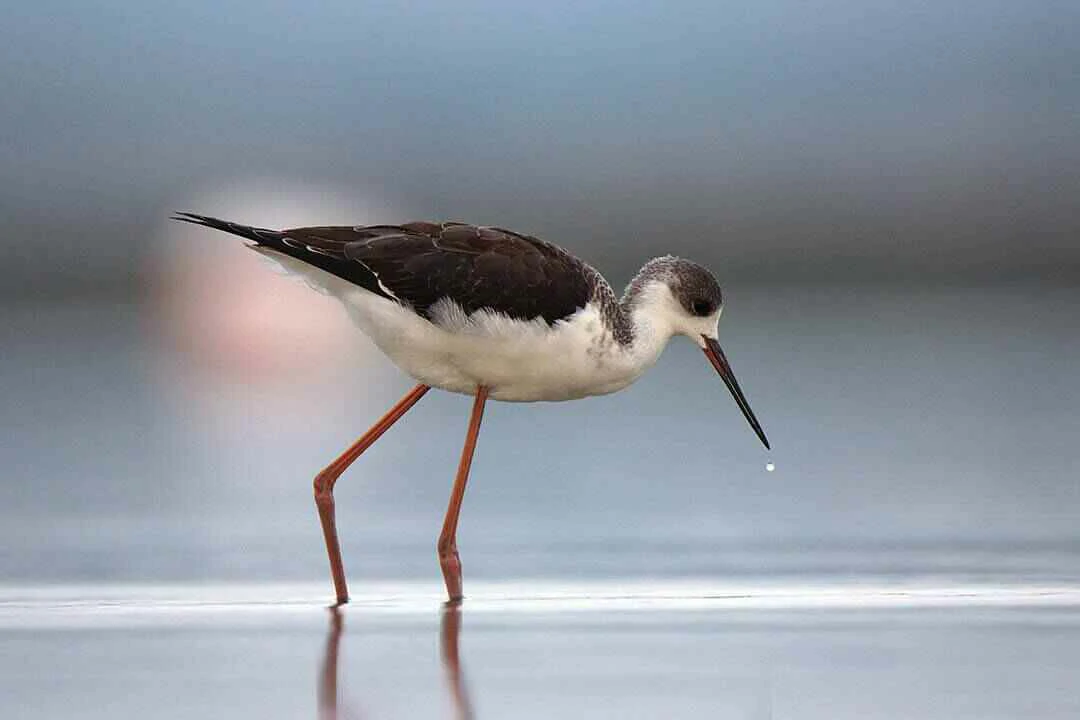
Over 500 bird species are known from the site. Falco naumanni is a passage migrant and Circus macrourus occurs on passage and in winter. Acacia woodland holds the largest known population of Agapornisfischeri, Parusfringillinus is resident and there have been recent records of Apaliskaramojae from Acacia drepanolobium woodland in the south-west of the site.
Read More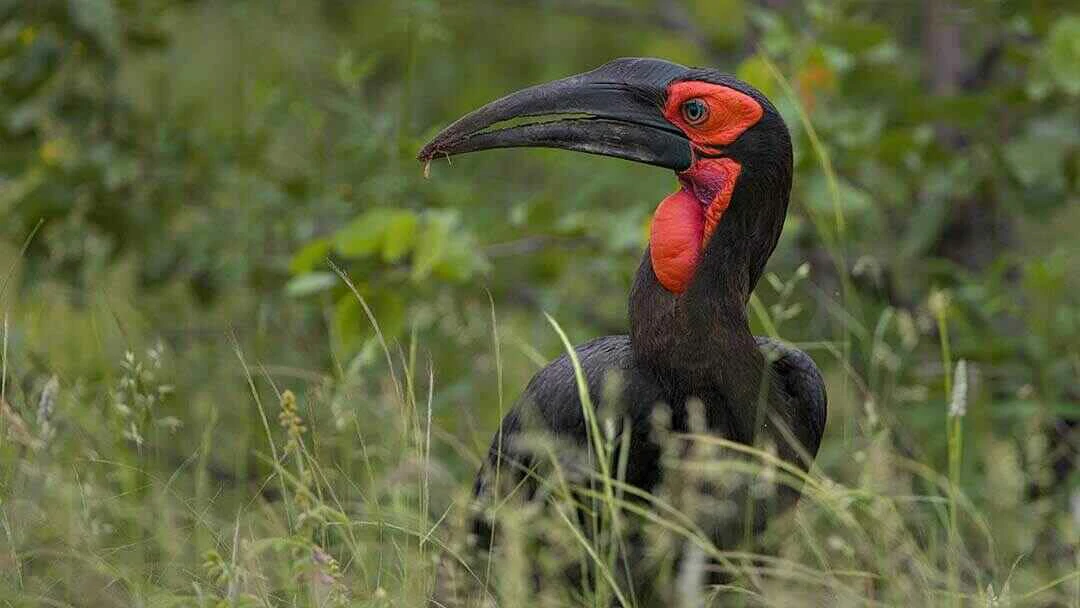
Some 410 species have been recorded for the park, but this figure is almost certainly incomplete as only the main tourist areas are well known. This total includes seven species of the Zambezian biome.
Read More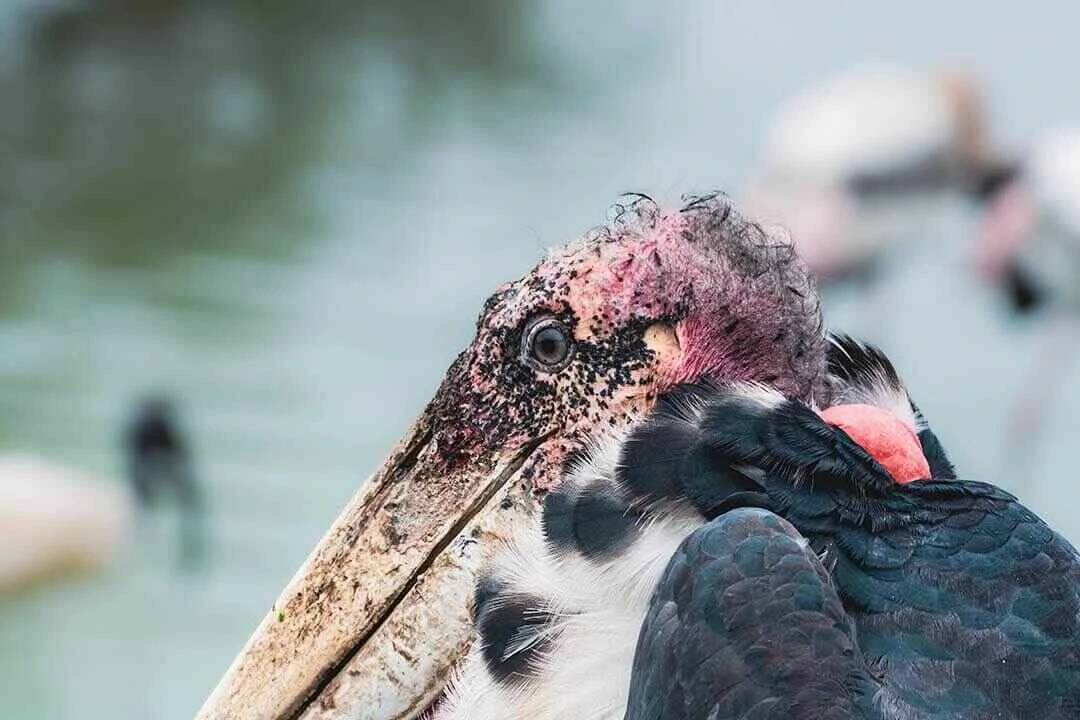
Rubondo main island holds a wide variety of other species, including huge breeding colonies of four species of Ploceus weavers and a relatively dense population of Circaetuscinerascens which are rare in East Africa.
Read More
An estimated numbers of bird species recorded from the park vary from 458 to 505. Glareolanordmanni and Apaliskaramojae, are of global conservation concern. Ardeolaidae is a regular visitor in low numbers. The status of Circus macrourus is described as locally common.
Read More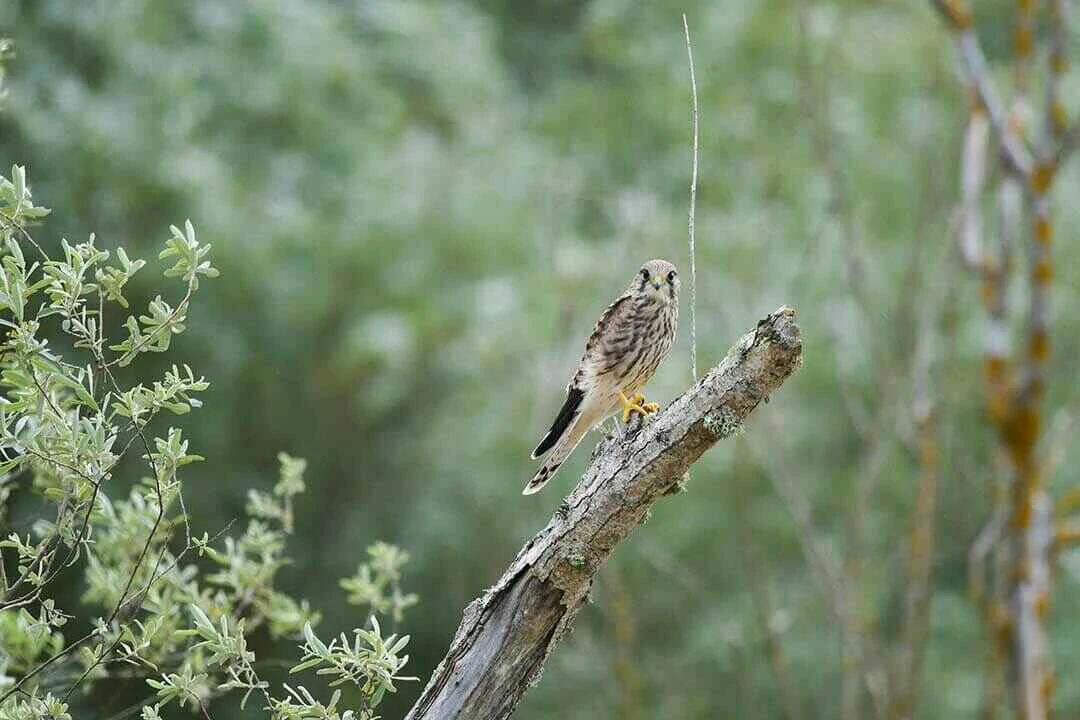
There are sightings of birds like Xenoperdixudzungwensis from near Mount Luhombero, in the park. Circaetusfasciolatus is resident at low densities in low altitude forest at the foot of the east-facing escarpment
Read More